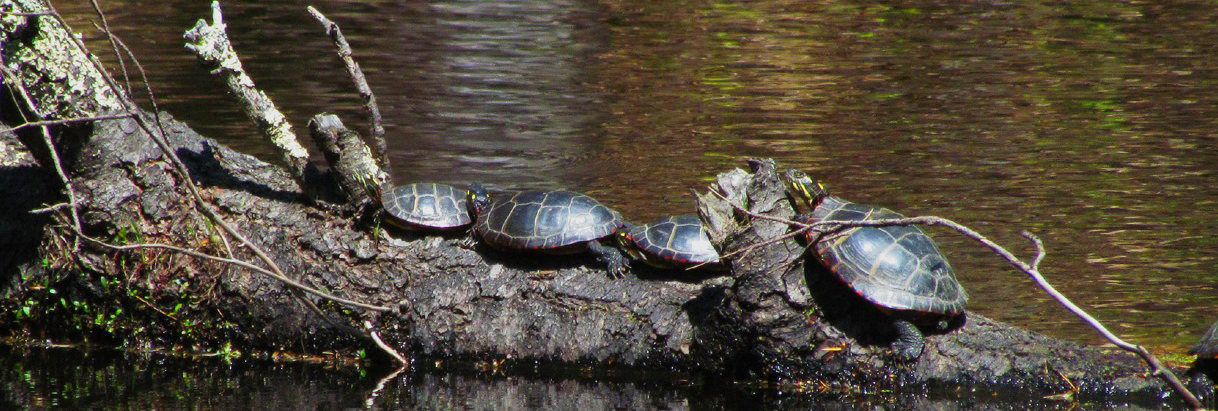Invasive Japanese knotweed

All types of physical control, such as pulling and cutting, are only temporary. Knotweed is posing a serious threat to native plants and their associated natural communities.
The LRAC has joined with other local environmental groups to study truly effective means to control and/or kill Japanese knotweed. Several selected sites have been treated with herbicides approved by the NH Dept. of Environmental Services to test the effectiveness of treatment (percentage knotweed killed) and document unintended negative effects (accidental poisoning or death) to nearby trees. Sites were selected based on landowner input and willingness to participate. Initial treatments are checked and treatments re-applied as necessary. Data from the experiments will be used to create a best-practice method for landowners and professionals who want to remove the plants. Data are also being use to create maps that show where knotweed has become established and how it is moving through the area. To request a report of progress so far, please contact rachel.a.stevens@wildlife.nh.gov .

